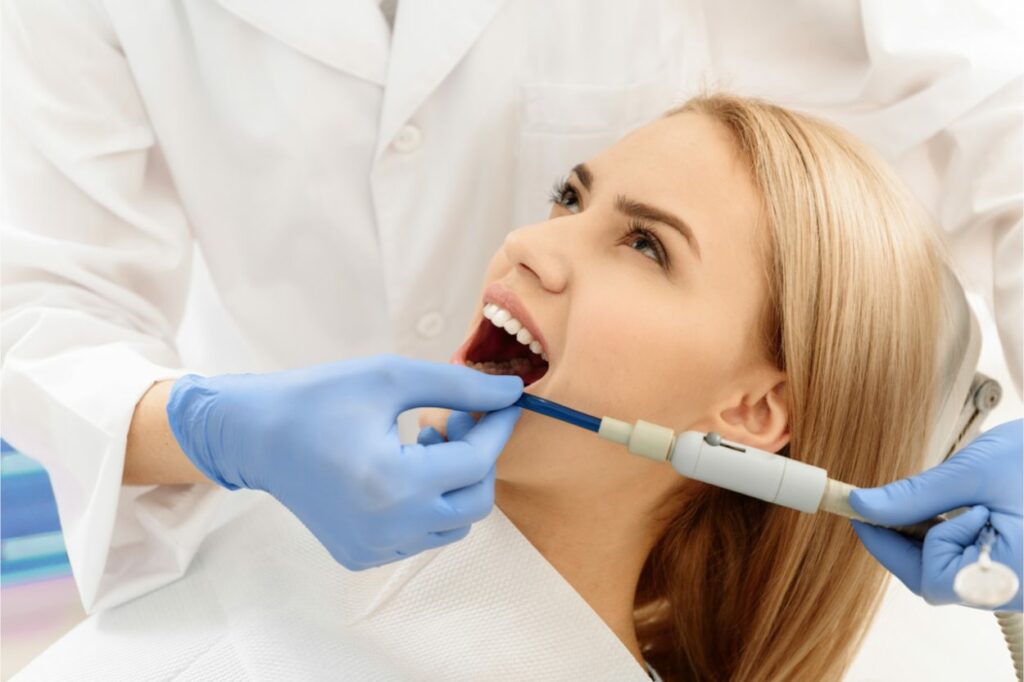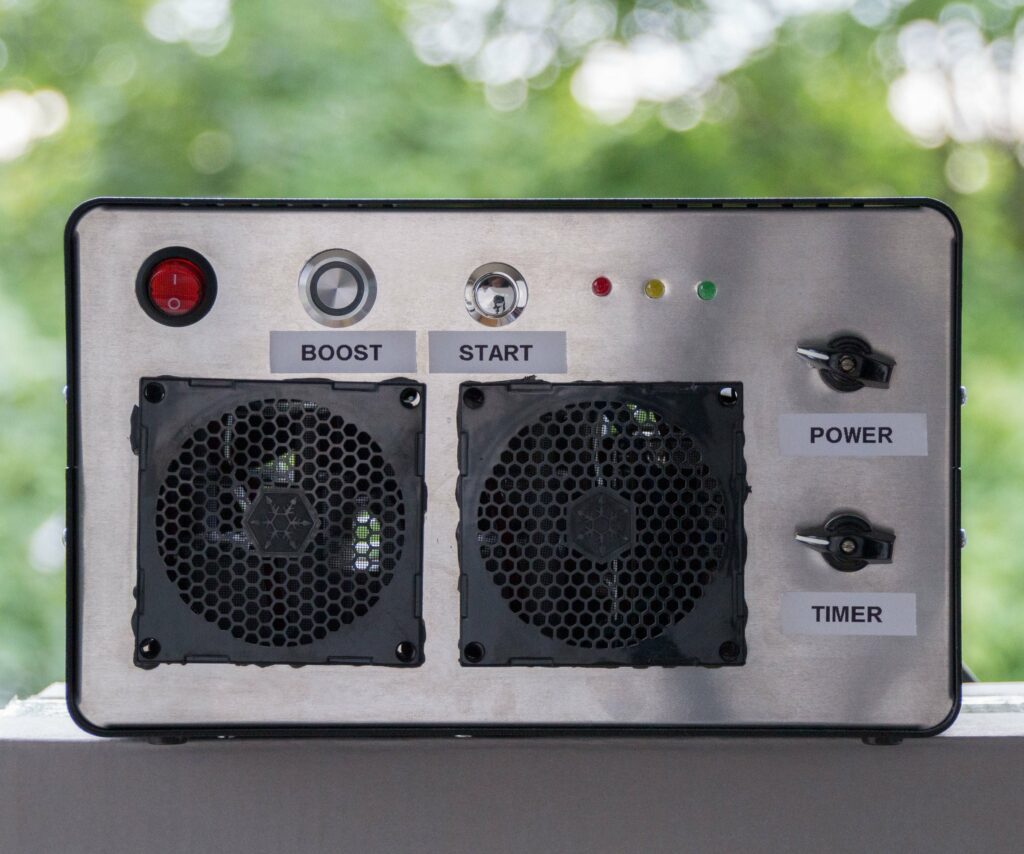Ozone therapy in dentistry is an effective cure against dental infections like oral ulcers, dental cavities, receding gums, sores, etc.
Ozone therapy portrays great advantages as a supportive treatment along with conventional treatments. It has got a wide variety of applications in dental specialties. It is widely used in treating oral lesions, restorative dentistry, managing root caries, endodontic therapy, hypersensitive teeth, periodontics, ulcers, prosthodontics, orthodontics, and a lot more.
As we proceed, we will discuss more on Ozone therapy in dentistry and related upcoming advancements in the medical industry making Ozone a versatile and effective cure for various ailments
What Is Ozone Therapy in Dentistry?
Ozone is a very good disinfectant due to its excellent antiseptic properties which makes it a good alternative for various dental treatments.
Ozone use in dentistry is facilitated by using ozonated water that contains medical-grade ozone in it. This ozonated water, when sipped into the mouth, can instantly kill the bacteria, microbes, and other infection-causing germs.
The medical-grade ozone can directly be used on the infected tooth that has a cavity to instantly kill any germs or bacteria that are causing decay. The tooth then becomes free of any germs and progresses towards calcification.
Ozone finds many other applications in dentistry, such as removing the breakdown products left by the cavity and infection-causing bacteria and other types of necrotic debris.
Apart from ozonated water, you can also use ozone oil for dentistry applications. The ozone oil carries dissolved ozone and is used for many different types of processes, such as insufflation, RCT, sterilization, etc.
How Does Ozone Dental Therapy Work?
Ozone therapy in dentistry can be done in the form of gas, water, and oil. While the ozone gas is medical-grade, to use water and oil mediums, ozone is dissolved in them to form what we call ozonated water and ozonated oils.
Ozone for dentistry has proven useful in treating a number of dental issues, which we are explaining in the following section:
- Tooth Decay
One of the major reasons people go for regular dentist sessions is – to prevent and manage tooth decay.
Ozonated water has strong antibacterial and antimicrobial properties that can help prevent small cavities from increasing in size and severity. It also prevents the growth of cavities in the pits and fissures located on the biting surfaces of our molars.
Also, when it comes to tooth fillings, ozone gas dentistry can play a crucial role in thoroughly disinfecting the areas of decay located under the tooth fillings. This will keep the tooth filling healthy and robust for a long time.
- Periodontal Disease
Periodontal disease is one of the most common dental problems in the world. Starting as a hard-to-detect and asymptomatic gum infection, the disease can spread over time. It can also spread to that crucial part of the jawbone, which forms the sockets. These sockets support the teeth.
Hence, this disease can lead to the loss of this supporting bone and even teeth.
Ozone therapy also finds applications in management of chronic gum infection areas. This can be done by taking ozone therapy in the form of ozonated water, oil, or ozone gas. As the ozone penetrates the gums, it disinfects and sterilizes every small crack and fissure in the gum surrounding each tooth. It will also heal any abscesses that are located in hard-to-reach areas.
- Endodontics
Endodontics, such as root canal treatments are done when the soft tissue or pulp inside a tooth gets damaged beyond repair. Earlier, such tooth was removed to offer complete relief, but nowadays, root canal treatment or RCT is done to remove only the infected pulp.
This way, the tooth can stay and perform the normal oral functions and the patient doesn’t require an artificial tooth.
Using ozone therapy , the dentists can not only disinfect the infected canal inside the tooth, but they can also disinfect the tooth root. Hence, it can also replace the other medicines and disinfectants used by the dentists.
This stops the infection from spreading and keeps the teeth healthy.
- TMJ Pain
TMJ pain or temporomandibular joint (TMJ) pain is a result of a group of dental disorders called temporomandibular disorders. This can cause jaw pain, limit the patient’s ability to chew easily, and sometimes, even open the mouth.
Using ozone injections can relieve symptoms in patients suffering from TMJ pain.
Some other ways dentists can use ozone in dentistry are:
-
To control bleeding
-
As a disinfectant
-
To accelerate recovery by increasing the supply of oxygen to and around wounds
-
To disinfect wounds in bones and soft tissues
-
Ozonated water increases the temperature in the wound area
Ozone Therapy in Dentistry: What Is the Recovery Time?
As the ozone dental therapy doesn’t require any major invasion or cuts in the tooth, the recovery time is very small. The dentists don’t have to do any drilling or give any anesthesia or pain medicines.
You don’t feel tired or groggy after the ozone therapy in dentistry and can resume your daily routine tasks as your appointment ends.
Is Ozone Therapy in Dentistry Safe?
Ozone therapy in dentistry has been in use for quite a long time and is considered a safe treatment. It is used by many dentists across the globe and has sizeable research backing its efficacy and safety for use in dental procedures.
Ozone therapy uses medical-grade ozone that is generated from 100% pure oxygen. So, it is safe for use.





Pingback: Benefits of Dental Ozone Therapy in 2022